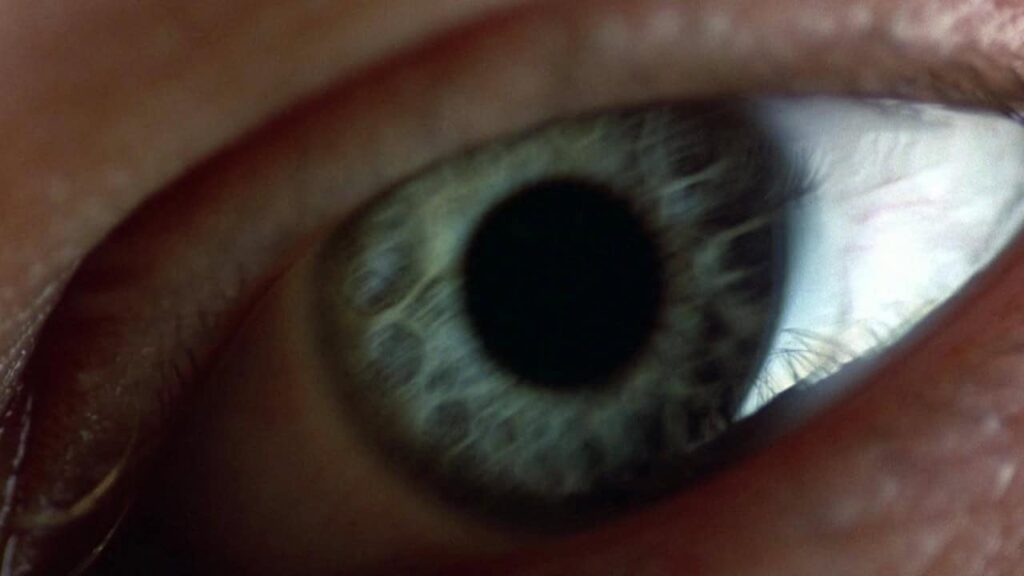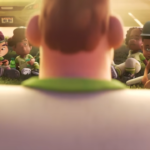By Robert Scucci
| Published
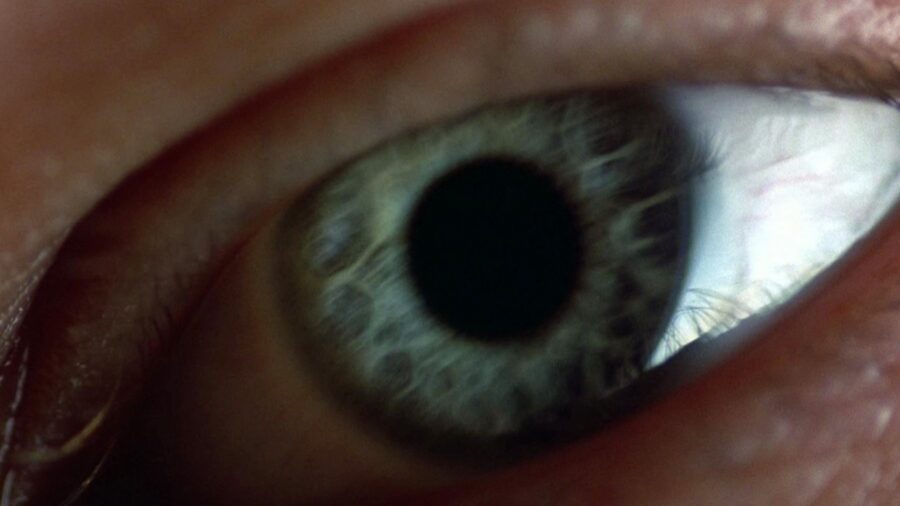
Long before escape rooms became a common way to blow $100 and ruin your Saturday night, many of us on the wrong side of their 30s were introduced to the concept through 1997’s Cube, which in hindsight functions as a suitable – albeit deadly – prototype for the stripmall-based attractions that we’re familiar with today. The only difference between modern escape rooms, and the titular six-sided prison our characters find themselves in this cult sci-fi horror flick, is that the only escape from the cube is death … unless you’re smart enough to crack the code and claw your way back to daylight.
Tense and claustrophobic with healthy hint of nihilism, Cube falls into the high-concept/questionable execution wheelhouse, as the special effects and set design are top notch, but the dialogue often suffers from one-dimensional musings that certainly move the story forward, but don’t offer a lot of substance along the way.
The Worst Kind Of Escape Room
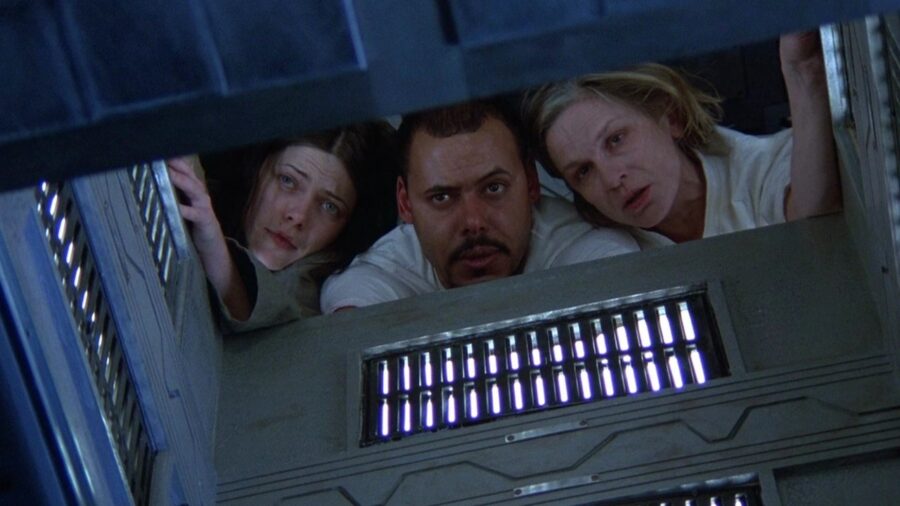
Cube centers on five perfect strangers – and that one guy who gets killed immediately in the first scene – who wake up with no recollection as to how they became imprisoned in the sprawling and seemingly endless death trap.
Quentin (Maurice Dean Wint), a police officer, is introduced to nihilistic office worker David (David Hewlett), mathematics student Joan Leaven (Nicole de Boer), free clinic doctor Helen Holloway (Nicky Guadagni), and renowned escape artist Rennes (Wayne Robson), whose claim to fame is that he’s successfully escaped from seven prisons.
Rennes, who finds the group during his own escape attempt, explains to everybody how each of the rooms inside the cube may or may not be booby-trapped, which Joan surmises has to do with whether the rooms are flagged with a prime number after the former’s “throw a boot into a room and test your luck” method is proven ineffective, resulting in a face full of acid that takes him out of the equation.
Along the way, the group meets a developmentally challenged man named Kazan (Andrew Miller), who Quentin reluctantly allows to tag along after Helen suggests that everybody is trapped in the cube for a specific reason, and needs to rely on each other to figure out a suitable escape plan.
No Real Purpose

David Worth, who reveals that he had unwittingly designed the outer shell of the cube before the project was abandoned, provides invaluable information to Joan, who uses her math skills to calculate that the cube has 17,576 rooms, all of which possess their own numeric code that are likely crucial coordinates to determine their location at any given time. David has reason to believe that the cube was an accidental, abandoned government or private sector project, and that their imprisonment’s only purpose is to justify the expense of the structure, which kills morale and sets Quentin off on an authoritarian bent even though he’s powerless to crack the cube’s code without everybody’s help.
While Cube loses points for its stilted dialogue and acting, the film’s concept alone is enough to keep you engaged, even if you have no reasonable way to fact check all of Joan’s on-the-fly calculations in real time as the group narrowly escapes death while moving from room to room in their attempt to make it out alive. And while each character is a one-dimensional archetype, you don’t need much more to keep things moving because the suspense is driven by Cube’s labyrinthian surroundings, not its character development.
Streaming Cube On Tubi
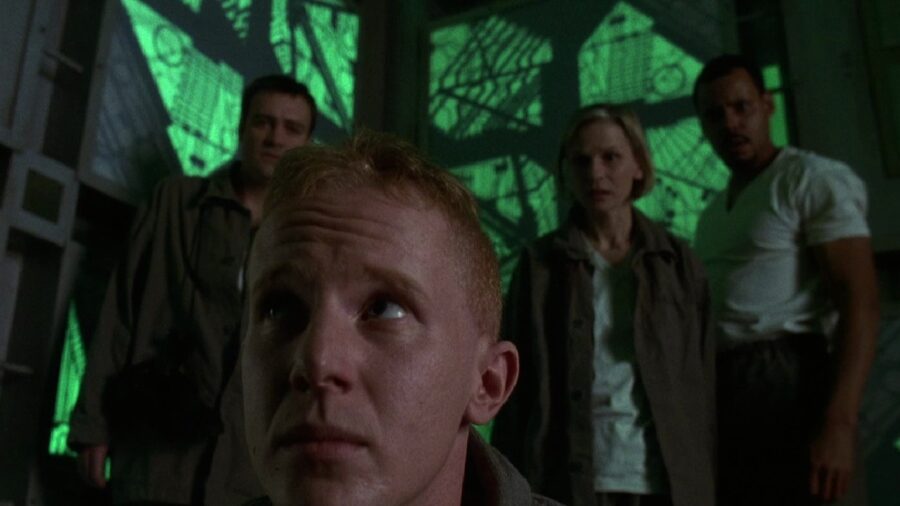

Earning $9 million at the box office against its reported production budget of $350,000 CAD, Cube was successful enough to spawn a sequel, Cube 2: Hypercube, and a prequel, Cube Zero, which were met with mixed reception but generally appreciated by the original film’s core fanbase. A Japanese remake of the same name saw a 2021 release, but was met with negative reviews, but is totally worth checking out if you can’t get enough of that sweet, sweet cube action.
Wholly deserving of its cult-classic status, the original Cube can be found streaming for free on Tubi as of this writing.

